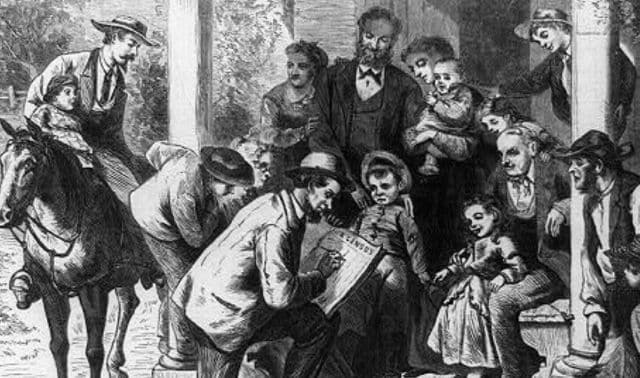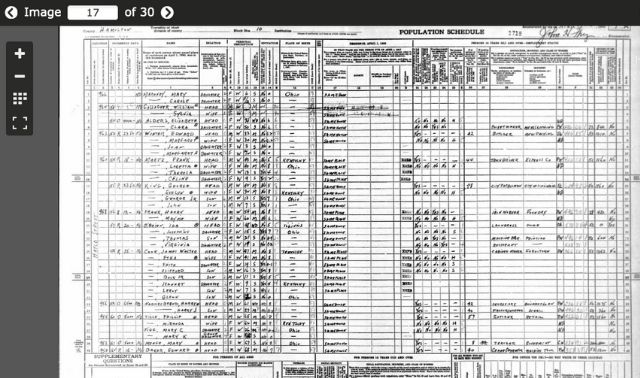Sign up for the Family Tree Newsletter! Plus, you’ll receive our 10 Essential Genealogy Research Forms PDF as a special thank you.
Get Your Free Genealogy Forms
"*" indicates required fields
1973: National Personnel Records Center Fire
The federal government learned a thing or two about protecting archival records in the half year following the Census Bureau fire. That’s why a 1973 fire at the National Personnel Records Center (NPRC) in St. Louis, Missouri wasn’t a total loss. Although millions of 20th-century US military service files were destroyed, quick-acting officials, dedicated workers and advancing technology led to a much more hopeful ending for genealogists.
It was just after midnight July 12, 1973, when a fire was reported at the NPRC. Firefighters arrived in less than five minutes and headed up toward the sixth floor. Within three hours, they had to retreat from the searing hot flames. Pumper trucks outside shot water up several floors into broken windows.
The fire burned out of control for nearly 24 hours, and wasn’t declared officially dead for four days. The thick smoke forced local residents to stay indoors. The 40-plus fire crews battling the blaze had difficulty maintaining water pressure. One pumper truck broke down after running 40 hours straight.
Recovery and salvaging efforts
Recovery efforts began even before the fire was out. Other agencies received orders to preserve any records that might be helpful in reconstructing the affected Official Military Personnel Files (OMPFs). Workers removed key records from floors they could safely reach, including more than 100,000 reels of Army and Air Force records. They sprayed the waterlogged ruins of the building’s top with a mold prevention agent.
Less than a week after the fire died, employees began hauling thousands of plastic crates filled with smoky, sodden records to the nearby McDonnell Douglas aircraft facility. They stacked 2,000 crates at a time in an enormous vacuum-drying chamber that had been used to simulate conditions in space. The chamber squeezed nearly eight tons of water from each group of crates. Officials used other drying chambers at McDonnell Douglas, too, and sent some records to an aerospace facility in Ohio.
Approximately 6.5 million records saved
The efforts paid off. Workers saved more than 25 percent of the OMPFs, or approximately 6.5 million records. (Compare that to about 6,000 lines of text from the entire 1890 census.) From related records, the NPRC began reconstructing basic service details lost from 16 to 18 million Army and Air Force service records. This effort continues today. The NPRC maintains the partly damaged “burned” files, monitoring them for further deterioration.
National Personnel Records Center Fire Summary
Records lost
Up to 18 million Official Military Personnel Files (OMPFs) for the Army (80 percent of files for discharges from Nov. 1, 1912 to Jan. 1, 1960) and Air Force (75 percent of discharges from Sept. 25, 1947 to Jan. 1, 1964)
What survived
About 6.5 million files, now marked “B” (“burned”)
Where to look
Request records from the NPRC.
Substitute records
Reconstructed (“R”) NPRC files; discharge forms for some returning servicemen filed with county courthouses
Tip: Surviving OMPFs and DD 214s (discharge papers), and reconstructed service details from burned records, are available at no charge to most veterans or their next-of-kin. For information, see the FAQs.




